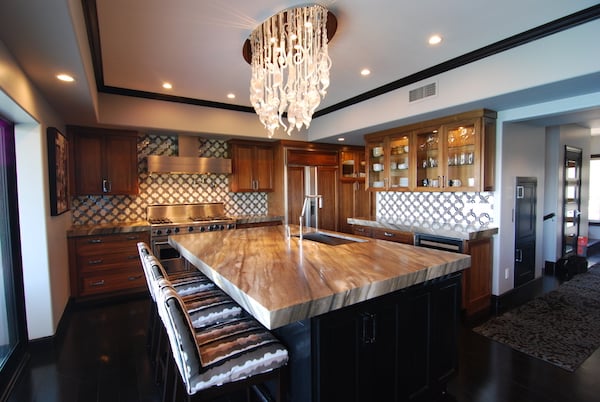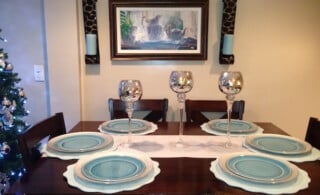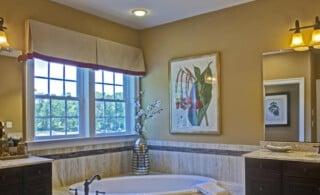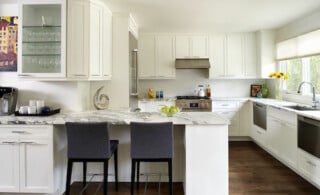
By now, you’ve probably seen or heard about glass blowing, but you may not understand the process or have seriously considered blown glass for your home. More and more, glass blowers are taking their art to common homeowners, eschewing the austerity of the art museum into a thriving home improvement business. Many common home fixtures and accents are already being produced for homeowners, and more are surely on their way. Take a minute and read about glass blowing and what it might do for your home.
Glass Blowing: The History and the Process
Glass blowing is the formation of glass into useful shapes while the glass is still in a molten, semi-liquid state. While glass blowing has been around, essentially, since the time of the Romans, glass blowing came into its own art from in the early 60s. While these early days of glass blowing saw the craft limited mostly to museums and specially-commissioned pieces, today, glass blowers across the country offer custom-made but reasonable glass pieces for homeowners.
Glass blowing involves a three-furnace process of heating, shaping, and cooling. Successfully negotiating this process requires intense training and considerable skill. Glass blowing is also one of the fastest growing hobbies in the United States, but for pieces designed to be used in your home, you’ll probably want to leave the craftsmanship to a custom glass-blowing shop or decorative glass manufacturer.
Using Blown Glass in Your Home
The first two areas that have seen an influx of glass-blowing fixtures are sinks and lighting. Blown glass goes hand-in-hand with the recent popularity of vessel sinks. Many vessel sinks are made from blown glass, and vice versa. These sinks sit above your countertop, add a distinctive sense of décor to bathrooms, and are a great way to showcase the potential of decorative glass accents in your home.
The other common place to see blown glass in the home is lighting fixtures. These custom chandeliers are quickly replacing the stilted crystal chandeliers of the past. These chandeliers are by no means cheap, but they’re usually no more expensive than the crystal they’re supplanting. In addition, blown glass lighting fixtures can be fashioned into wall sconces, overhead lighting, and can be combined with a ceiling fan. Virtually any lighting fixture can be made from the glass-blowing process.
Other small fixtures or purely decorative pieces can also be bought from custom glass-blowing shops. Think: wall art, coat racks, even small side tables. One thing you can count on is that blown glass is sure to continue to grow in popularity for some time.
Ready to start your blown glass?
Find ProsFind a Glass Blower
Finding a glass blower is a more complicated issue than it appears. While there may be less than a handful of local glass blowers, a homeowner must first determine how much money they’re willing to spend on a their glass pieces before they look to find a glass blower. Custom glass-blowing shops are going to charge exponentially more than a decorative glass manufacturer. On the other hand, while these manufacturers have made great strides in increasing the variety of their products, they remain limited in their ability to customize a glass accent for your home. Part of this calculation undoubtedly comes from the type of decorative accent you have in mind. A breath-taking piece to hang from a cathedral ceiling is categorically different than a glass vessel sink, where hundreds of options are already available from manufacturers. Of course, as it is with any home improvement, you should get several estimates from different sources when trying to find a glass blower.
 The Dish on Dining Room Decorating
The Dish on Dining Room Decorating  Focus Factors: Hanging Framed Art and Picture Lighting
Focus Factors: Hanging Framed Art and Picture Lighting  The 5 Benefits of Working With an Interior Designer
The 5 Benefits of Working With an Interior Designer  How to Create a Meditation Room in 7 Steps
How to Create a Meditation Room in 7 Steps  9 Low-Maintenance House Plants for Every Room
9 Low-Maintenance House Plants for Every Room 

Where can I find a glass blower to replicate a small glass shade for a chandelier matching existing shade? Photos available with dimensions as well as existing can be submitted if in New York area.